Video Transcript
Consolidated Invoicing in Dynamics GP (Combined Invoicing)
Welcome to this presentation on the Trinity Consolidated Invoicing module, from Dynavistics.
In many businesses, particularly those that make small regular deliveries, there can be a requirement to consolidate multiple shipments onto a single financial invoice, whilst also retaining an audit trail back to the originating orders and deliveries. With the standard Dynamics GP, you can create combined invoices using the bulk conformational function with an advanced distribution. However, each time you run this, you must let the fulfillment orders to be included. But with Consolidated Invoicing from Dynavistics, you can specify rules to be applied to each customer:
- So that the process becomes more automated.
- It allows you to maintain a complete audit trail.
- It reduces the costs by combining multiple deliveries onto one invoice.
- And it helps you manage your customers’ invoicing requirements.
First, let's see what we mean by consolidated invoice. Here we have the standard GP transaction inquiry screen, highlighting invoice number 5001. As we can see, it contains four items. In the header there’s a new field, Dispatch Number, and if we scroll through this we can see that it comprises two separate deliveries which have been combined into one invoice. If we select the expansion arrow in the header, we can see the full audit trail.
There were originally two orders, each which generated a dispatch. Consolidated Invoicing has pulled these two documents together into one invoice and rebuilt the complete audit trail with a new master number. So how do we achieve this?
The debtor setup options can be accessed from the customer maintenance screen and indicate which customers required consolidation and on what basis. Invoices can be consolidated by:
- Customer account, irrespective of the number delivery addresses
- By address, so for example, you have 15 dispatches for three different addresses, you would get three invoices.
- By order, irrespective of deliveries, one invoice is produced
- By dispatch
- By customer purchase order number
- Or by batch
Customer and address tend to be the more common options.
Consolidation groups are generally used to reflect the invoicing frequency; for example, you may set up consolidation groups of daily, weekly, and monthly.
Summary or detailed invoice print reflects the layout required, which we'll see later.
Once these rules are in place, we can run the consolidation process by a range of customers or group. Process holds can be applied automatically to these transactions to prevent inadvertent posting of individual invoices.
The preview button allows us to see potential transactions. Here the system has found one consolidated invoice comprising three separate deliveries.
If we go back to the first page and select the process button, the consolidated invoice will be created and then be posted to the ledger in the usual way.
When it comes to printing, as we saw earlier, there are two options. This layout shows each individual dispatch, then the items within each dispatch including serial numbers. Alternatively, the invoice can show one line per delivery. The document has been developed using the standard GP Report Writer, so we can reformat the layout.
The ability to view consolidated invoices and individual deliveries is available when applying cash to sales documents. In addition, a couple of inquiries shows the status of consolidated invoice transactions by customer and by inventory item.
So, with Dynavistics you can:
- Deploy rules based, automated consolidated invoicing.
- Allow you to consolidate invoices by customer, address or order number.
- Produce summary or detailed invoice prints.
- Group customers and automate the invoice creation process.
- And view detailed deliveries within each invoice.
In so doing, it will help reduce costs and increase your customer satisfaction and engagement.
This presentation will have several short videos on our website that cover additional Inventory, Purchasing, and Order Processing functionality that will complement your Dynamics GP system.
I hope you found this presentation interesting and, if you'd like to know more, please schedule your free demonstration today. Thank you.

